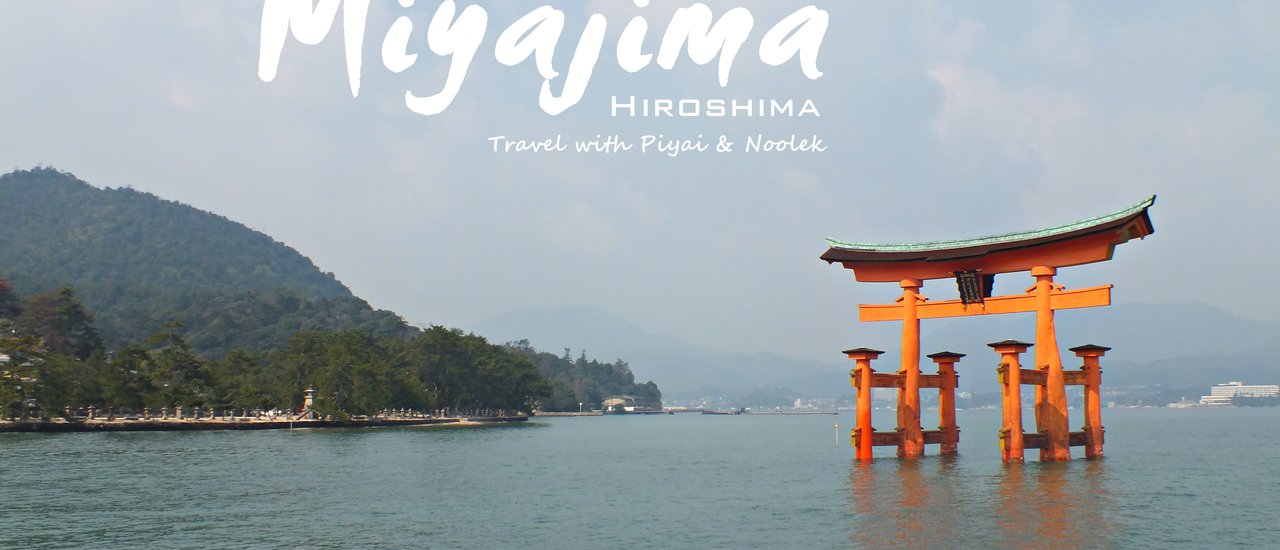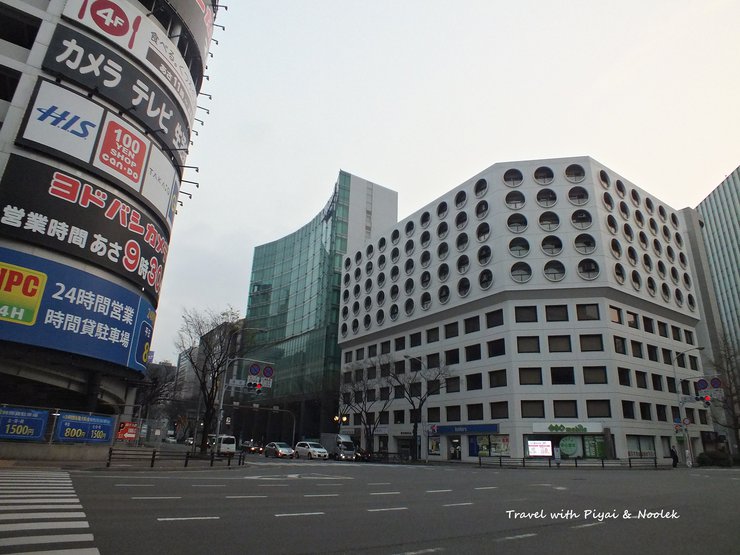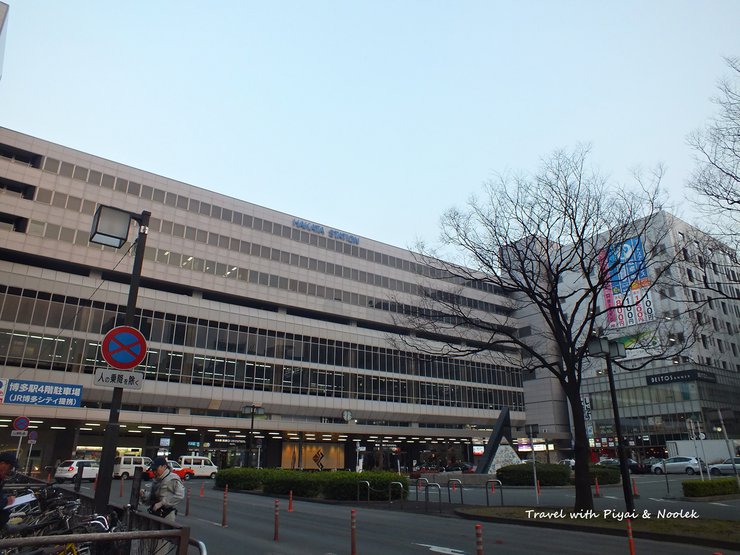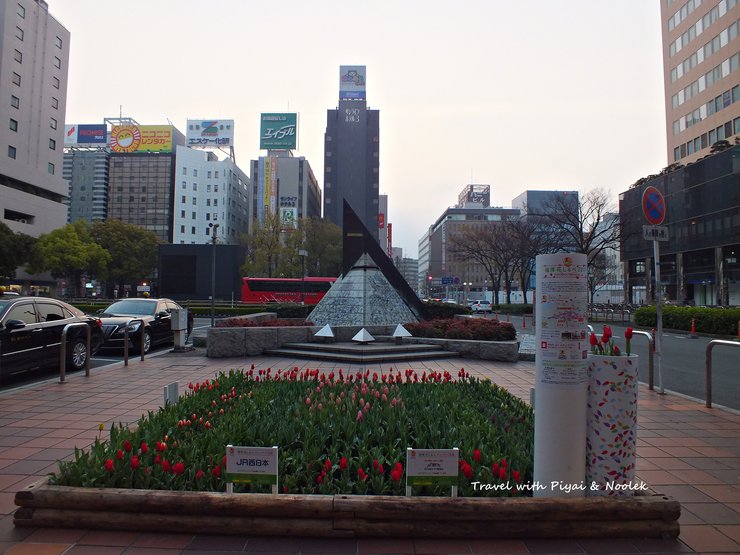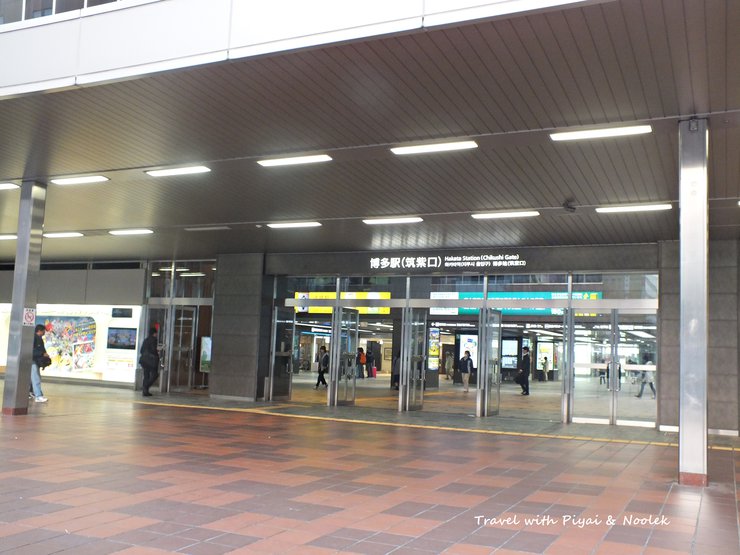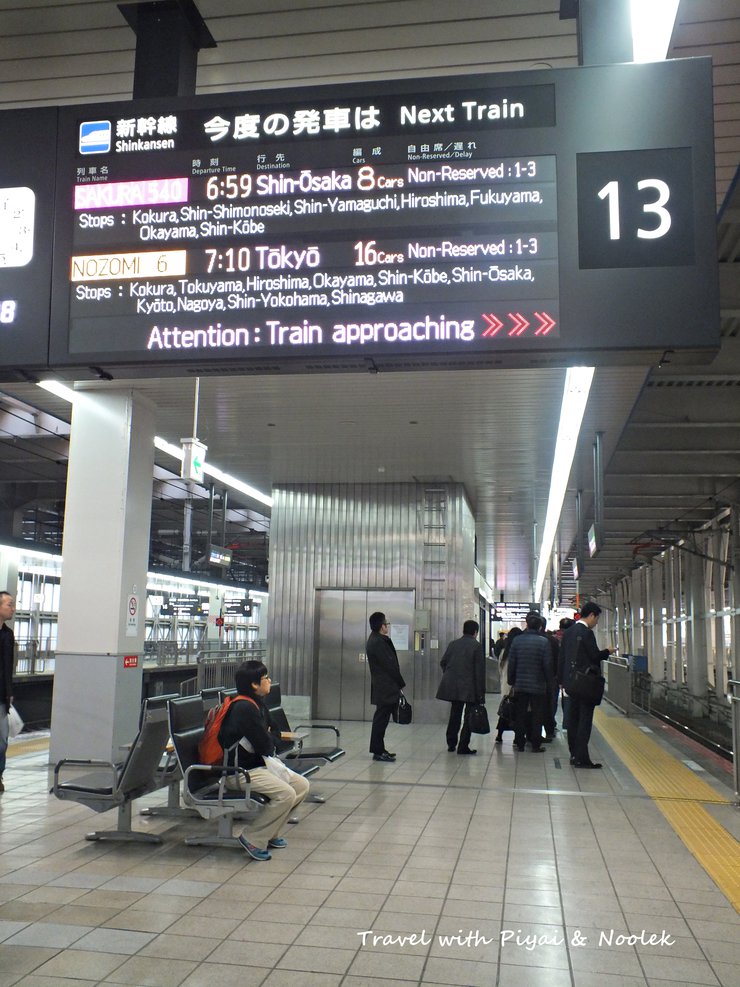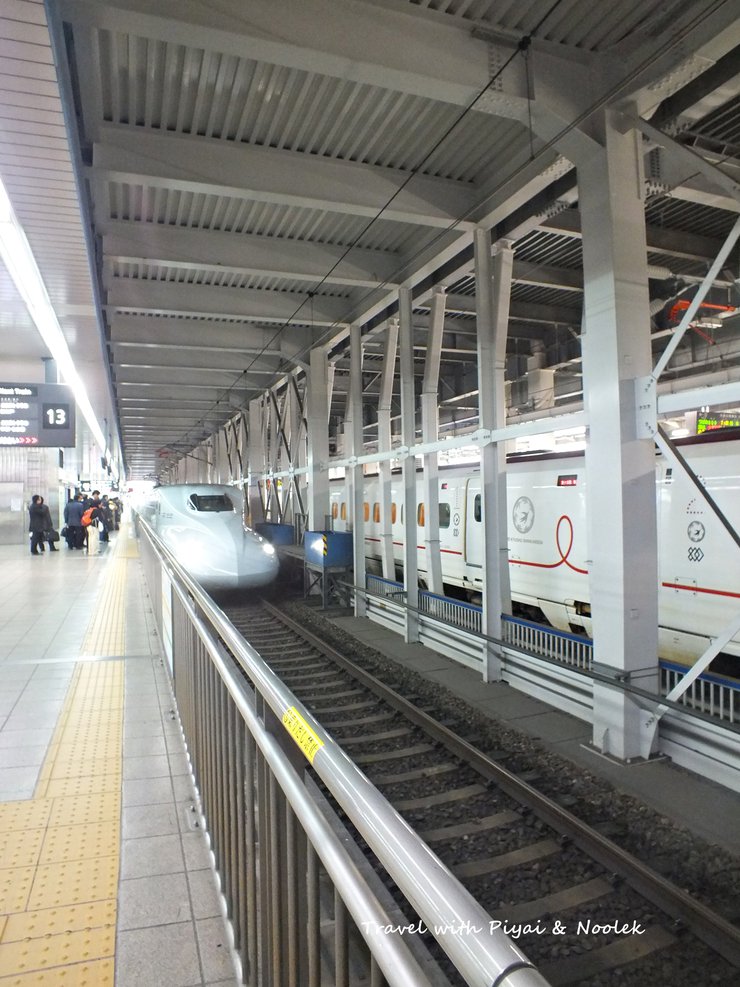After a restful night at our new accommodation, we woke up early and energized for another day of exploration.


Hakata Station


This morning, we will board the SAKURA540 Shinkansen train departing at 6:59 AM for Hiroshima, with our final destination being Miyajima Island.


After an 87-minute train journey, we arrived in Hiroshima. From JR Hiroshima Station, we transferred to the JR Sanyo Line and reached Miyajimaguchi Station in less than 30 minutes.

Hiroshima Station

Miyagimae-Gokoku Station
Take a ferry to Miyajima Island, accessible with a JR Pass. The journey takes less than 10 minutes.

You can use your JR Pass to board JR ferries.


Waiting for the ship to dock

from another company

Departed from the shore.

We arrived at our destination in no time at all.

The atmosphere on the boat

From the pier, we walked along the island path, where we saw many shops, restaurants, and dessert shops. At the end of the path, we saw a red torii gate in the middle of the water. The shrine in the middle of the water is on the left.


There are many of these on the island.



There are frequent departures and arrivals, so you don't have to worry about missing a boat.


Miyajima Island, renowned as the "Shrine Island," is celebrated for its iconic Itsukushima Shrine and the floating torii gate, recognized as one of Japan's Three Scenic Views (Nihon Sankei) alongside Matsushima and Amanohashidate.

The morning will be high tide.

The iconic feature of this location is the torii gate, which stands amidst the ever-changing tides. The rising and falling water throughout the day creates a unique charm, offering different perspectives depending on the water level. During high tide, boat tours are available, allowing visitors to sail under the gate and explore the surrounding bay. At low tide, the water recedes, revealing the base of the gate, enabling tourists to approach and capture stunning photographs.

The boat tour includes a trip under the torii gate.
Itsukushima Shrine is a large, red-painted wooden building that serves as the religious center for the island's inhabitants. Miyajima Island was originally considered a sacred land by Shinto followers. Due to the strict beliefs of the time regarding purity, birth and death were forbidden on the island. Even pregnant women and the terminally ill were transported to the mainland. Additionally, construction was prohibited on the island. Later, when plans were made to build the shrine, the structure was built extending into the sea, as was the case with the torii gate. This floating shrine was designated a UNESCO World Cultural Heritage Site in 1996.

Itsukushima Shrine
Looking up, I saw a large wooden building and a pagoda on the hill to the right, so I decided to stop by and take a look. This is the Hokoku Shrine, also known as Senjokaku, which means "Pavilion of a Thousand Tatami Mats" in Japanese. The width of the building is equivalent to 1,000 tatami mats laid side by side, which gives you a good idea of its size. The five-story pagoda, a blend of Chinese and Japanese architecture, stands next to it.


Hokoku Shrine






We strolled around the island for a while until we felt it was time to head back to the shore. We had another train journey planned to take us to another destination. It was truly a day of pounding the pavement.

From Hiroshima, we will travel to the port city of Mojiko by taking the Shinkansen SAKURA553 and transferring to the JR Kagoshima Line at Kokura for another 3 stations. The Shinkansen will then run through an undersea tunnel to cross back to Osaka and Tokyo on Honshu Island. This journey takes 98 minutes.

I'm back on the Shinkansen to Hiroshima.



At Kokura Station


Moji City, the highest point on the island of Kyushu, is connected to Honshu Island by the Kanmon Tunnel, which carries Shinkansen trains and provides pedestrian and bicycle access between the islands. This coastal city, similar to Hakodate on Hokkaido, has been a trading port with foreign countries since the 20th century and boasts numerous buildings with retro European architecture.
Upon arrival, we discovered that Mojiko Station was undergoing major renovations. After the renovation, it will likely be even more beautiful. From old photos, we can see that this station was once one of the most classic in Japan. It is a European-style architectural building that still retains its beauty. However, it is currently closed off by a wall, and artwork has been installed along the walkway instead.

Mochiko Station

The station offers a unique photo opportunity with a selection of station master's uniforms and hats available for visitors to wear free of charge. Despite our limited time in this city, we decided to take a quick stroll around town before catching our connecting train. With approximately 40 minutes to spare, we embarked on a brief exploration of the local area.



The area under repair is decorated with artwork.

The port of Mojiko, established over 120 years ago, was once the third largest port in Japan after Kobe and Yokohama. Strategically located at the juncture of Kyushu and Honshu islands, Mojiko served as a vital trading hub in the past. During World War II, Kitakyushu was initially targeted for an atomic bomb attack by the United States. However, due to heavy cloud cover, the target was shifted to Nagasaki, another industrial port city.



The seaside promenade offers stunning views of the bridge connecting Honshu and Kyushu. The atmosphere is incredibly pleasant. Most of the buildings are of Western architectural style, likely due to the city's history as a port, which may have influenced its architectural influences.


It is said that bananas are a symbol of Mojiko. As bananas are not grown locally, they are imported by ship, making Mojiko a central distribution hub for bananas. It is said that if you visit the port in the morning, you will find banana stalls set up all around.



City sightseeing by rickshaw is available.
We had only a brief moment to admire the vibrant blue sea and soak in the tranquility of Moji Port before we had to hurry back to the train station. The special train to Hakata or Fukuoka, which we had reserved, was about to arrive at the platform. Japanese trains are known for their punctuality, so we couldn't afford to be late.

Where will we go next? Stay tuned to follow our journey.
Feel free to visit and greet Piyai and Noolek at https://www.facebook.com/TravelWithPiyaiAndNoolek/ when you have time.
Piyai&Noolek
Wednesday, February 26, 2025 4:53 PM

